Compact cars are beloved for their fuel efficiency, affordability, and ease of maneuvering in urban traffic. But here’s what most people overlook—build quality. Not every compact is created equal, and that becomes painfully obvious when you’re dodging potholes or dealing with rough roads.
Some compact cars are built like mini tanks, engineered to endure years of abuse without creaking, rattling, or breaking down. Others, sadly, fall apart just from the vibrations of a bad road.
If you’re someone who’s clocked miles on uneven highways or crumbling city streets, you know how quickly a poorly built compact can turn into a money pit. From premature suspension failure to flimsy body panels, certain models just can’t handle real-world driving conditions. On the other hand, there are compacts out there that will take a beating and come back for more, demanding little more than routine maintenance.
This blog dives deep into 5 compact cars built like tanks—the kind that thrive even in punishing environments—and 5 that crumble like cookies when faced with daily road abuse. We’ll evaluate their suspension, chassis integrity, long-term reliability, and real-world owner experiences to give you the truth, raw and unfiltered, just like a true gearhead would want it.
5 Compact Cars Built Like Tanks
These compact warriors don’t just survive potholes—they dominate them. Built with robust engineering and proven reliability, these cars remain solid for hundreds of thousands of miles. They’re perfect for rough terrains, bad weather, or anyone who refuses to baby their car. If durability is your top priority, these five compacts will earn your respect and never let you down.
ALSO READ: 5 Reliable Used Cars Under $10K and 5 That Will Cost You Twice That in Repairs
1. Toyota Corolla (2014–2022)
The Toyota Corolla is legendary for one simple reason—it refuses to die. The 11th and 12th-generation Corollas are built on Toyota’s global architecture that emphasizes rigidity and crash resistance, but it also happens to make this car a pothole warrior. It doesn’t matter if you’re cruising down a broken city road or enduring monsoon-season madness, the Corolla handles it with ease.
With a tough MacPherson strut front suspension and torsion beam rear, this car absorbs shock like a pro. You won’t find loose trim pieces or squeaky dashboards even after 150,000 miles.
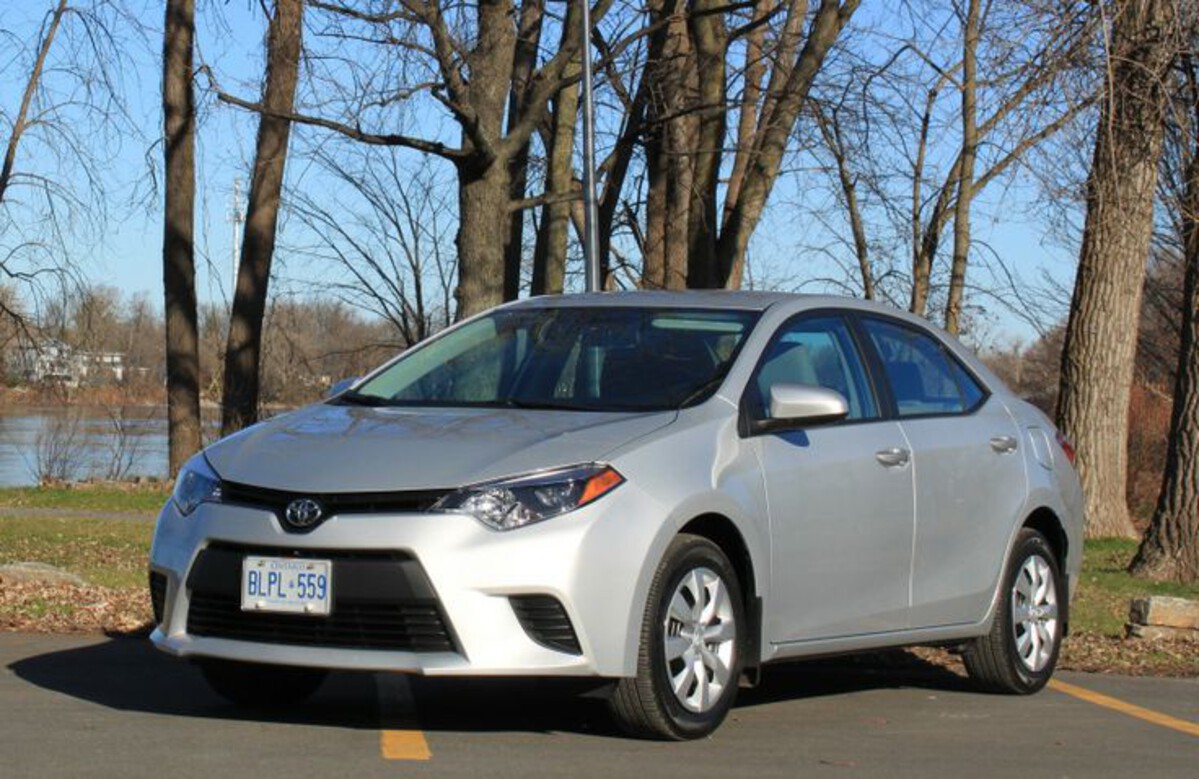
The 1.8L four-cylinder engine, paired with a rock-solid CVT or manual transmission, keeps running without drama.
What truly sets the Corolla apart is its low-cost longevity. Parts are affordable, mechanics know it inside out, and issues like premature suspension wear or rust are rare. Even the interior materials hold up well compared to rivals.
Whether you’re buying it new or used, this compact will age like a fine wine. If you’re looking for a compact car that’s built like a tank and can take a pounding from rough roads, potholes, and time itself, the Corolla is your best friend. It’s not flashy, but it’s a warrior.
2. Honda Civic (2016–2021)
The 10th-generation Honda Civic brought bold design and athletic performance, but what really impressed auto enthusiasts was how tough it proved to be. Built using Honda’s ACE (Advanced Compatibility Engineering) body structure, the Civic can absorb impacts, shocks, and road stress better than most of its competitors in the compact segment.
Its ride quality is a perfect blend of firm and forgiving, thanks to a well-tuned independent rear suspension—something rare in its class. That means when you hit a pothole, it doesn’t jar your spine or wreck your suspension.
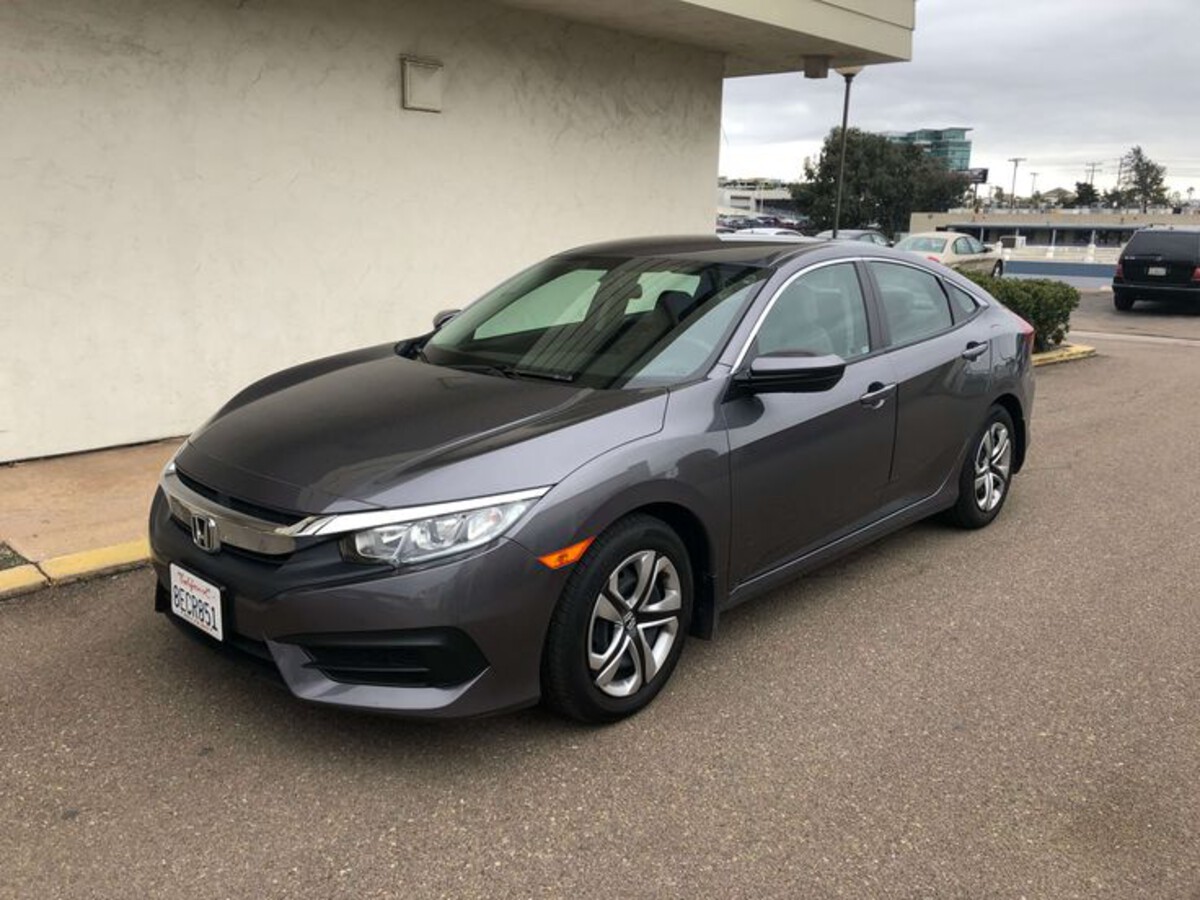
The frame doesn’t rattle, and the doors still close with a satisfying thud even after years of hard use.
Under the hood, Honda’s naturally aspirated 2.0L engine and turbocharged 1.5L engine are durable workhorses. Despite the newer turbo design, these powertrains have shown great longevity and minimal maintenance when serviced regularly.
On top of that, the Civic’s interior is far from cheap. Buttons, knobs, and panels don’t start disintegrating after a couple of years, which is more than you can say for some competitors.
If you want a compact that combines style, fuel economy, and true long-term durability, the Civic is your guy. It’s built to be driven hard and long, without falling to pieces.
3. Subaru Impreza (2012–2019)
The Subaru Impreza doesn’t just talk the talk—it walks the roughest walk. This compact is unique because it comes standard with full-time symmetrical all-wheel drive, even in base trims. That’s rare in the compact segment, and it makes a massive difference when you’re dealing with uneven roads or gravel-packed lanes.
Built on a highly rigid frame, the Impreza shrugs off the punishment of potholes. Unlike front-wheel drive rivals that skip and bump their way over bad roads, the Impreza grips and glides. The suspension is well-damped and doesn’t bottom out easily, and the struts hold up longer than most would expect in this price range.
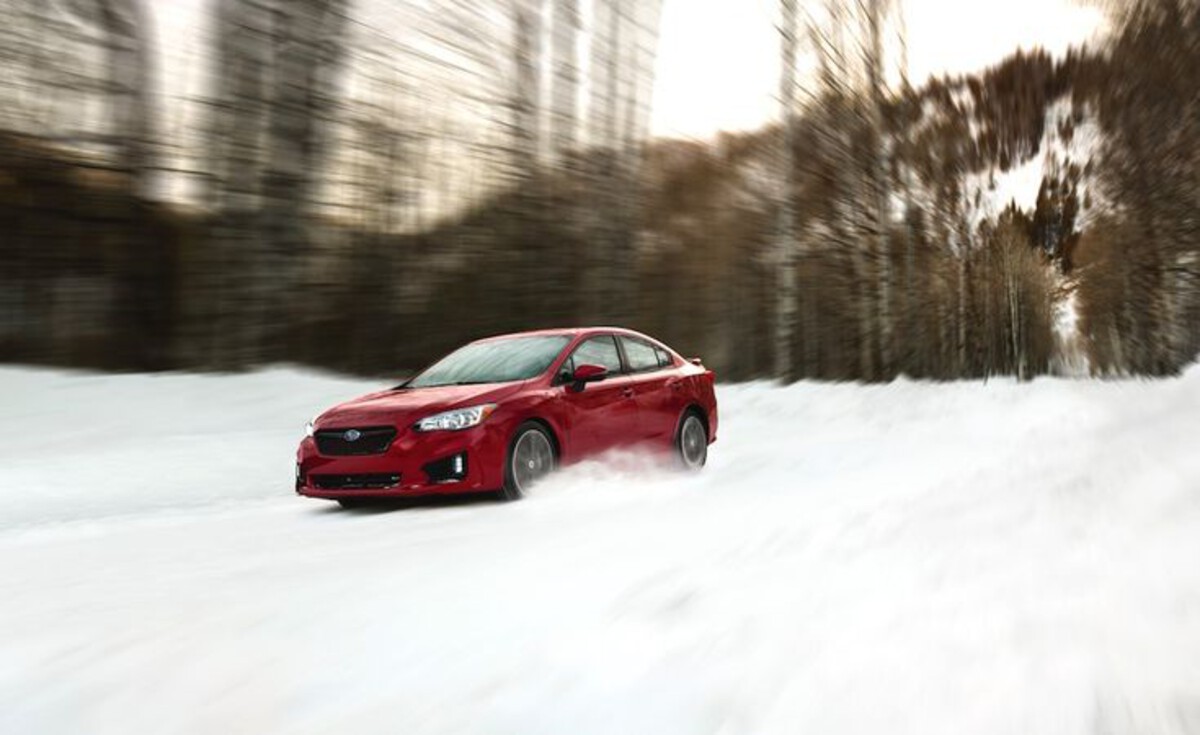
Subaru’s flat-four Boxer engine design also lowers the center of gravity, improving stability and reducing body roll over rough surfaces. While it may not be the cheapest to maintain, its durability is top-notch, and it won’t rattle or groan like flimsier competitors.
You’ll often find older Imprezas still running strong in snowbelt states or mountainous regions—and that’s no accident. This is a compact car designed to endure the elements and abuse, not just look good doing it. If you want pothole resistance mixed with year-round control, the Impreza is a compact tank through and through.
4. Mazda3 (2014–2018)
The Mazda3 is where elegance meets endurance. While most people associate Mazda with sleek styling and fun-to-drive dynamics, the 2014–2018 Mazda3 also happens to be built like a little fortress. Don’t let its graceful lines fool you—this compact can handle punishment and still feel refined.
Credit the Skyactiv chassis, which is not just lightweight for efficiency but engineered with rigidity in mind. It’s this underlying strength that makes the Mazda3 both agile and durable.
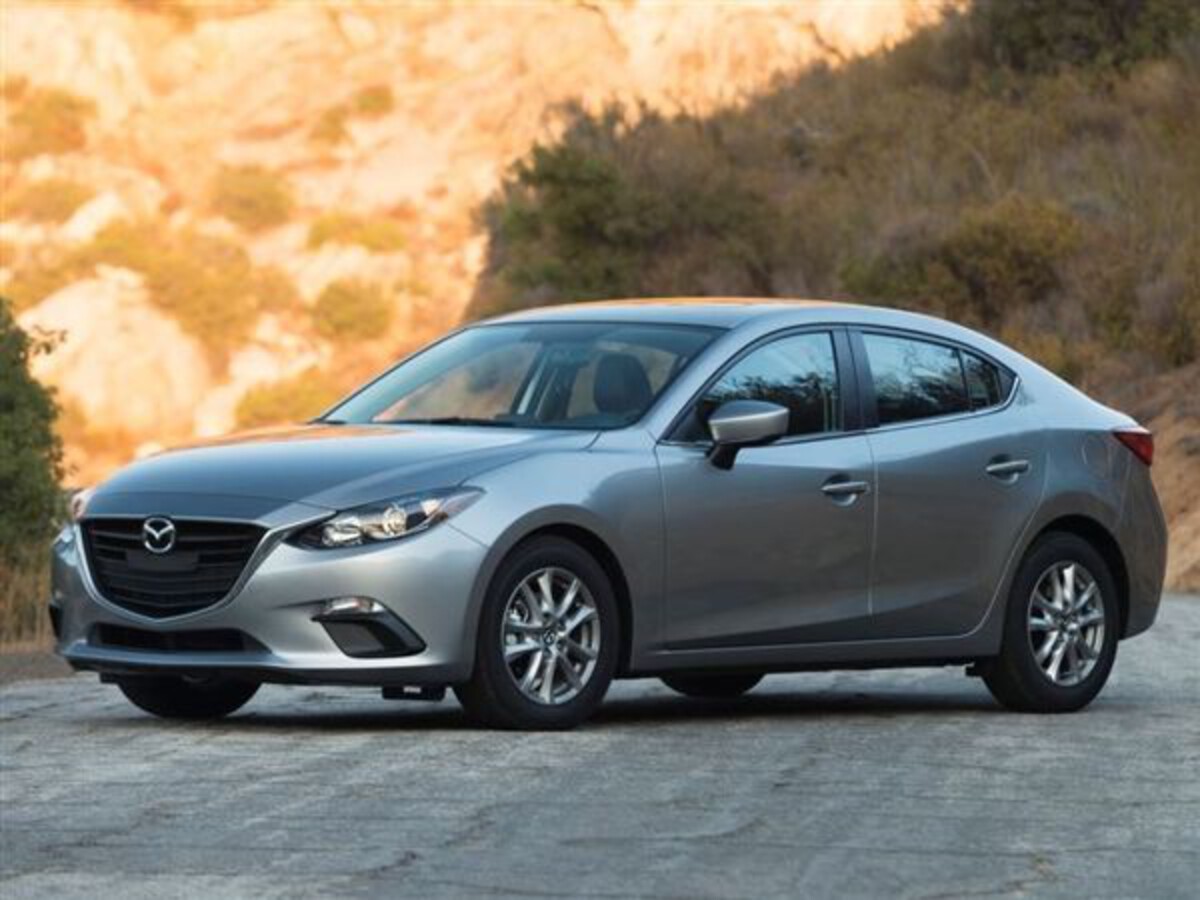
Unlike competitors that develop suspension clunks after 80,000 miles, the Mazda3’s struts and bushings tend to last well beyond 120,000 miles with minimal complaint.
On bad roads, it stays composed. There’s no excessive cabin shake, and door seals stay tight, keeping out dust and road noise. Even after years of abuse, the body panels don’t rust prematurely, and the paint holds up well to environmental wear.
Under the hood, the naturally aspirated 2.0L and 2.5L engines are nearly bulletproof, and the manual or automatic transmissions hold their own. As a bonus, interior build quality is top-tier, rivaling some entry-level luxury cars.
If you want a car that drives like a sports compact but takes potholes like a pro boxer, the Mazda3 delivers both thrills and toughness.
5. Volkswagen Golf (2015–2020)
The Volkswagen Golf Mk7 is a compact car that redefines “solid build.” This German hatch may not be flashy, but open the door, slam it shut, and feel the vault-like construction—it’s no gimmick. The Golf is overengineered in the best way possible, and that means it handles rough roads without flinching.
Built on VW’s MQB platform, the Golf is extremely rigid, with a suspension system that feels tuned for real-world conditions. It doesn’t bounce around on potholes or make you clench over every road imperfection. Instead, it glides with composed precision—proof that strong engineering beats oversized marketing every time.

The 1.8L TSI engine and 5-speed manual or 6-speed automatic (or DSG) are dependable when maintained. Owners regularly report 200,000+ miles of smooth operation, especially those who stay on top of oil and coolant changes.
The interior, too, deserves praise. Materials don’t crumble, switchgear lasts, and even after years of use, it feels premium. Road noise is minimal, and the chassis resists squeaks and rattles—something many compacts can’t say past 100K.
If you’re looking for a car that’s quiet, tough, and built with attention to detail, the Golf is a sleeper pick that takes a beating and keeps its dignity. It’s German quality done right.
5 Compact Cars That Fall Apart on Potholes
These compacts may be cheap or stylish, but underneath, they lack the toughness to survive real-world roads. Flimsy suspensions, weak interiors, and poor long-term reliability mean they rattle, break, and cost you more in the long run. If you drive on less-than-perfect roads—or just want something to last—these five compact cars are better left off your driveway.
ALSO READ: 5 Used Cars That Age Like Fine Wine and 5 That Turn Into Nightmares After 50k Miles
1. Chevrolet Spark (2013–2022)
The Chevrolet Spark might be a wallet-friendly choice upfront, but it becomes a costly regret for those who deal with potholes and imperfect roads. Despite its city-car charm, the Spark is engineered more for occasional short-distance use than real-world durability.
It has one of the cheapest suspension systems in the segment. After 30,000 to 50,000 miles of use on rough roads, it’s not uncommon to see struts fail, tie rods loosen, and squeaks echo through the cabin. It lacks the insulation and structural strength that more premium compacts offer.
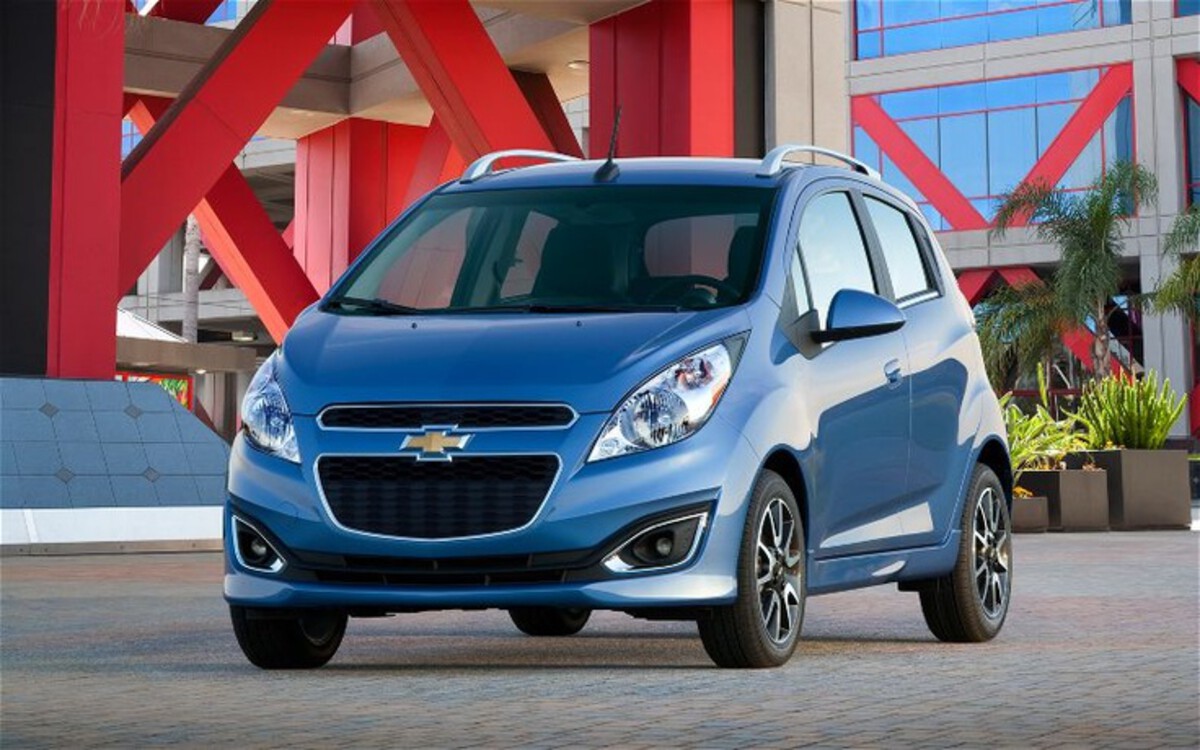
Interior materials are where things get even worse. Plastic trims begin to creak early, and door panels can detach or vibrate from repeated road shocks. The Spark’s low curb weight doesn’t help—it bounces over potholes like a tin can, and that vibration goes straight to the cabin and frame.
The 1.4L engine is underpowered but relatively reliable; the real enemy is the car’s inability to absorb wear and tear. Alignment issues pop up fast, and owners often need multiple suspension repairs by 70,000 miles.
If you drive on perfectly smooth roads year-round, the Spark might do the job. But if there’s even a single speed bump or cratered backroad on your commute, the Spark simply isn’t built for battle.
2. Nissan Sentra (2013–2019)
The Nissan Sentra may seem like a no-nonsense compact at first glance, but for those who’ve driven it beyond smooth city streets, it quickly reveals its structural flaws. It’s one of those cars that looks like a solid choice on paper but crumbles under real-world pressure—literally.
Its suspension is soft and under-engineered. Potholes cause jolting impacts that stress the chassis, leading to premature wear in control arms, struts, and bushings. Combine that with weak CVT transmissions that have a reputation for failure around the 80,000–100,000-mile mark, and you’ve got a car that simply doesn’t last.
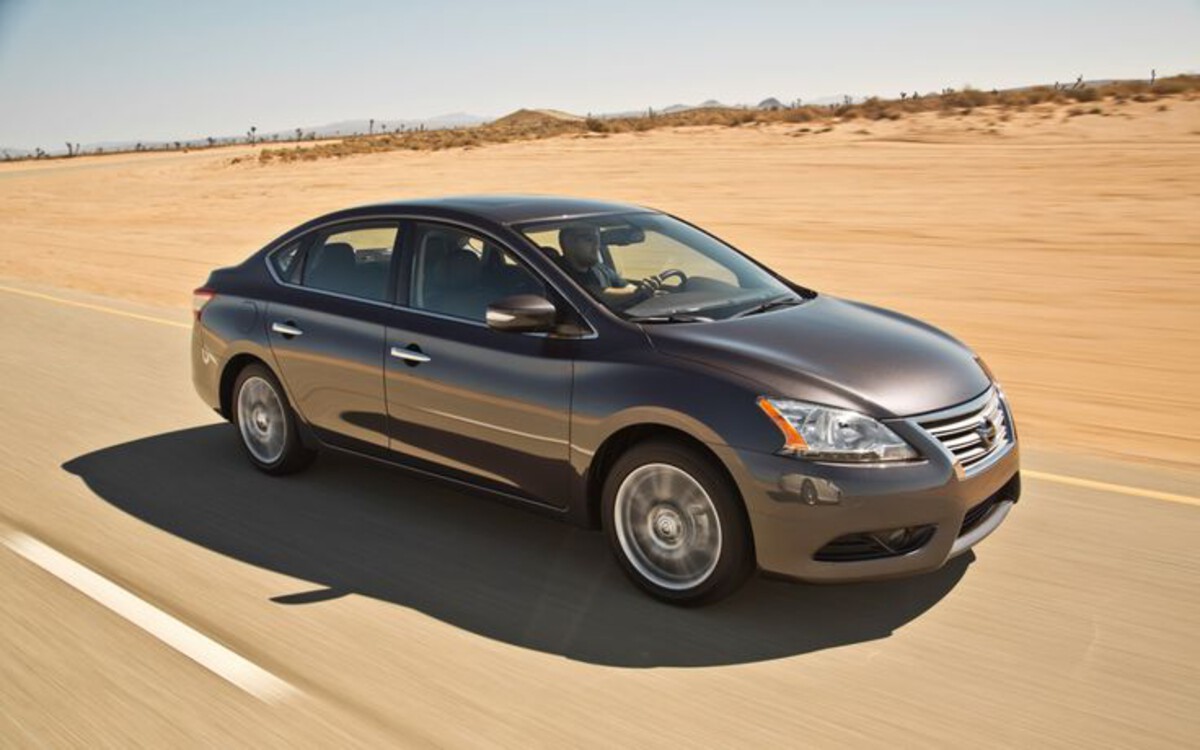
The cabin doesn’t fare any better. After a couple of years, plastic trim rattles, seat foam compresses, and door panels loosen, especially if the vehicle is frequently exposed to rough surfaces or gravel roads. Despite its size advantage over other compacts, the Sentra’s build quality lags behind.
It might be cheap to buy, but repeated repair bills and a noticeably aging interior turn it into a poor long-term investment. While Nissan has improved in recent years, the 2013–2019 Sentra generation stands as a warning for buyers who want durability. For those dealing with imperfect roads, this is not the compact to rely on—it’s a commuter, not a fighter.
3. Kia Rio (2012–2017)
The Kia Rio from the early 2010s offers affordability and decent fuel economy, but if your local roads are filled with potholes, you’ll want to steer far away. While newer Kias have made huge strides in quality, the 2012–2017 Rio generation shows its cheap roots the moment the pavement gets rough.
The Rio’s suspension is unrefined and undersized for long-term resilience. Hit a few deep potholes, and you’ll likely start hearing clunks, squeaks, and knocking noises. Lower control arm issues and failing bushings become frequent complaints, even under moderate use.
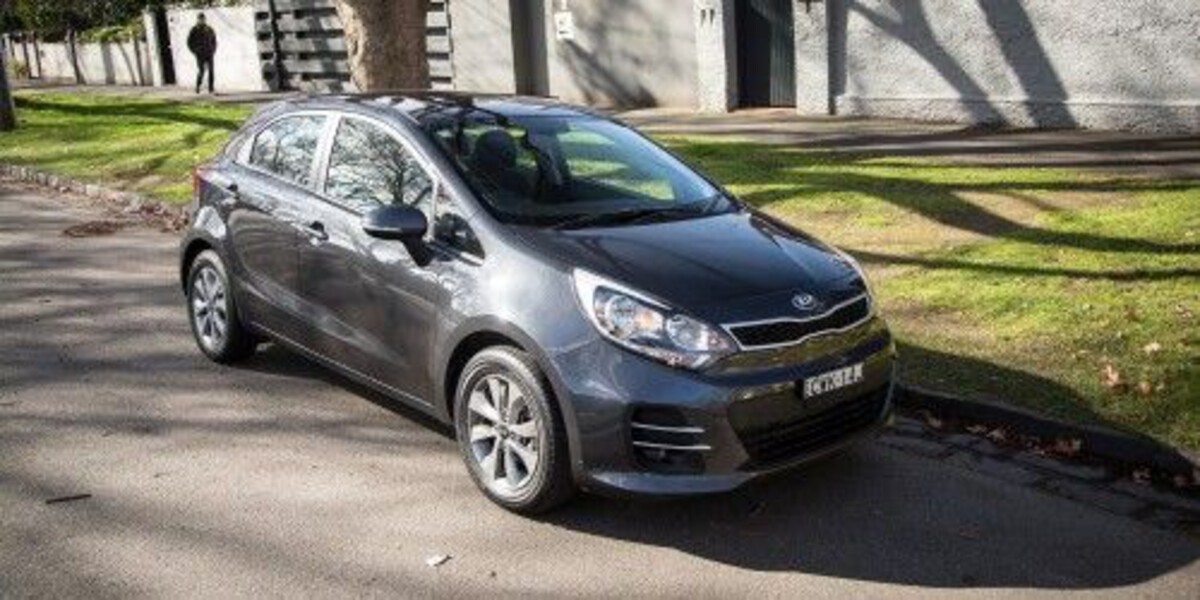
Interior quality is where the Rio truly falters. The cabin is filled with hard plastics and minimal insulation, meaning every bump and road imperfection gets transferred into the cabin, both physically and audibly. After about 50,000 miles, it’s not uncommon to find loose dash panels, sagging headliners, or cracked trim.
The 1.6L engine is serviceable, but it’s connected to a transmission that isn’t known for longevity. Also, rust protection is mediocre at best, especially for owners in snowy or coastal regions.
Simply put, the Rio wasn’t designed with longevity in mind. It’s a budget car that behaves like one. It might seem like a deal, but drive it on broken asphalt and you’ll feel every penny you saved getting sucked back out in repairs.
4. Hyundai Accent (2012–2016)
The Hyundai Accent might’ve been a hit among budget-conscious buyers, but beneath its clean styling lies a fragile compact not suited for rugged roads. The 2012–2016 models especially suffer from poor suspension durability and fast-aging interiors—two fatal flaws for anyone commuting over anything less than perfect pavement.
It uses a basic torsion-beam rear suspension and soft springs that struggle to absorb heavy impacts. After just 60,000 miles on rough roads, it’s common to experience worn-out struts, misaligned wheels, and noisy suspension components.
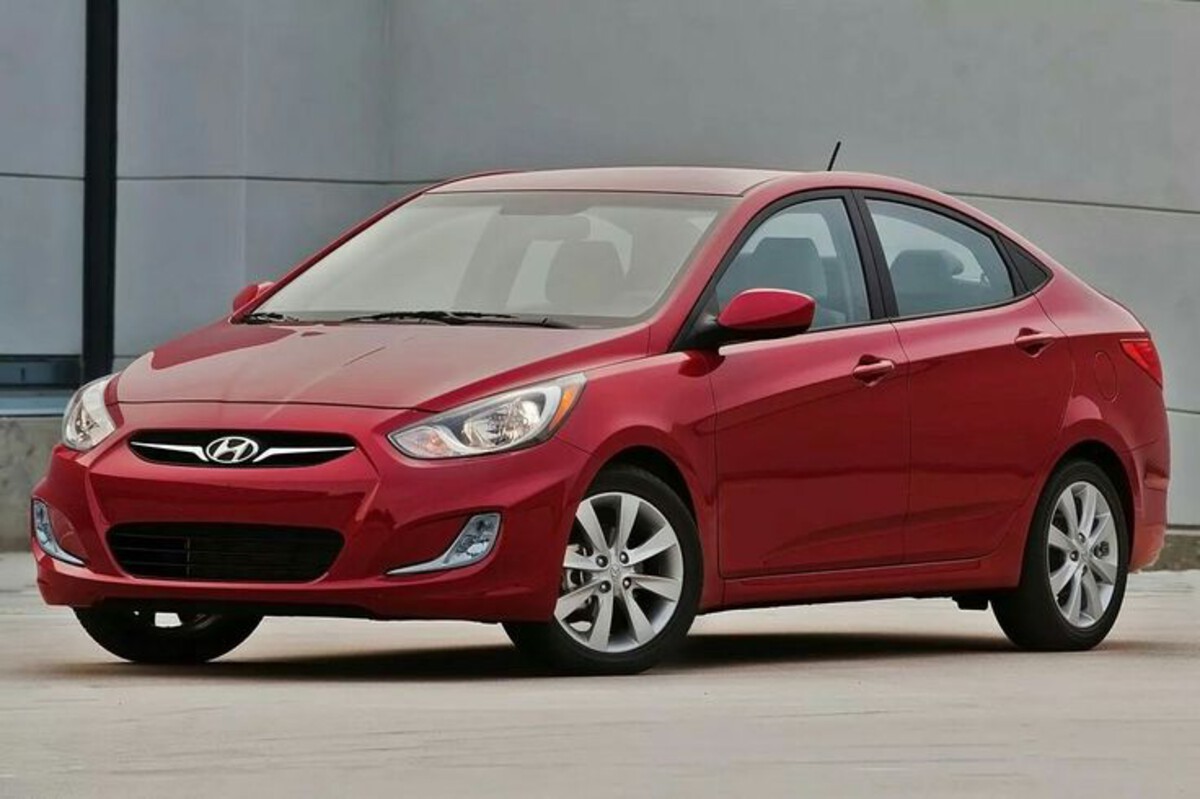
The ride becomes rough and unrefined quickly, and any bump in the road feels like a punch to the spine.
Then there’s the interior—thin plastic trims, rattling dash elements, and door panels that flex under pressure. If you’re driving in heat or humidity, expect even more trouble, like peeling trims or brittle plastic failures. Owners have frequently noted how the “new car feel” disappears fast, often within a couple of years.
While Hyundai’s newer offerings are built with much better materials and stronger chassis designs, this generation of Accent remains a warning sign. It’s okay for flat highways and short drives, but once the terrain gets unpredictable, it ages fast, and repairs stack up. It’s a car that looks solid but doesn’t take the hits.
5. Ford Fiesta (2011–2019)
The Ford Fiesta was marketed as a fun, sporty compact—and it did deliver on that, for a while. But peel back the layers and you’ll find that the Fiesta has serious durability issues, especially when exposed to rough road conditions or high-mileage use.
The main problem lies in its build quality and transmission. The dual-clutch “PowerShift” automatic transmission was plagued with issues from the start—delayed shifts, shuddering, and early failures were far too common. Combine that with weak engine mounts and a cheaply made suspension, and you’ve got a compact that ages faster than it should.
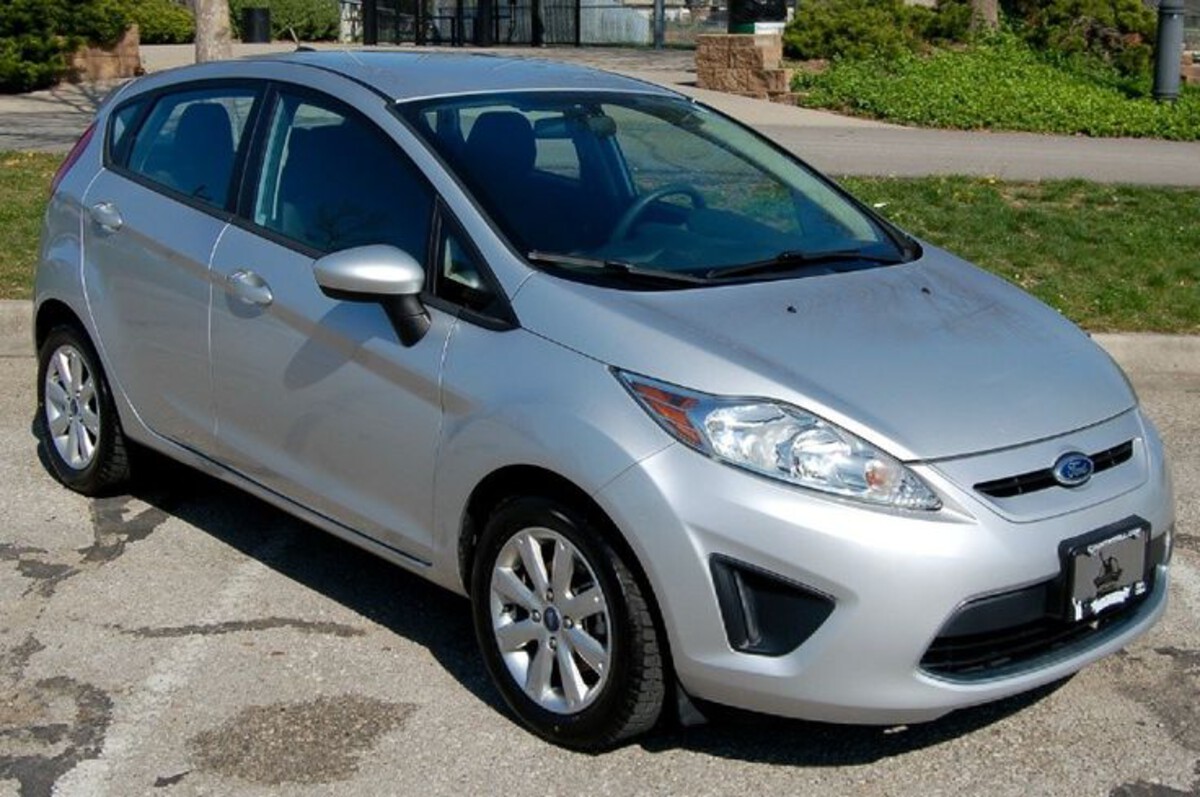
Hit a pothole too hard, and you’re likely to deal with alignment issues, bent rims, or rattling panels shortly after. Interior components like vents, seat adjusters, and even glove boxes have been known to fall apart early in ownership. Insulation is poor, leading to excessive road noise and a cabin that starts to feel hollow with time.
Even rust protection was subpar, particularly in salt-belt states. Many owners have noted corrosion on underbodies and exhaust systems before hitting 100,000 miles.
In summary, the Fiesta offers a great drive on smooth roads but simply can’t handle real-world abuse. If potholes are a part of your daily life, skip this car unless you enjoy frequent trips to the mechanic.
Compact cars are often seen as simple, economical tools—but that doesn’t mean you should compromise on durability. As we’ve seen, some compacts are truly built like tanks, ready to take on broken roads, harsh climates, and years of use without giving in. The Toyota Corolla, Honda Civic, Subaru Impreza, Mazda3, and VW Golf prove that you can have strength, reliability, and longevity in a small package.
On the other hand, cars like the Chevrolet Spark, Nissan Sentra, Kia Rio, Hyundai Accent, and Ford Fiesta fall apart under pressure—literally. Weak suspensions, cheap interiors, and poor build quality make them a risky investment if you live anywhere with less-than-perfect roads.
So, if you’re shopping for a compact, don’t let price or features alone drive your decision. Consider how the car is built and how well it will age when faced with real-world wear and tear. A few extra dollars upfront can save you thousands in future repairs—and more importantly, save you from frustration.
Because in the world of compact cars, strength matters. Whether you’re dodging potholes or commuting daily on cracked asphalt, you need something that can take a hit and keep rolling. Choose wisely. Your wallet—and your sanity—will thank you.

